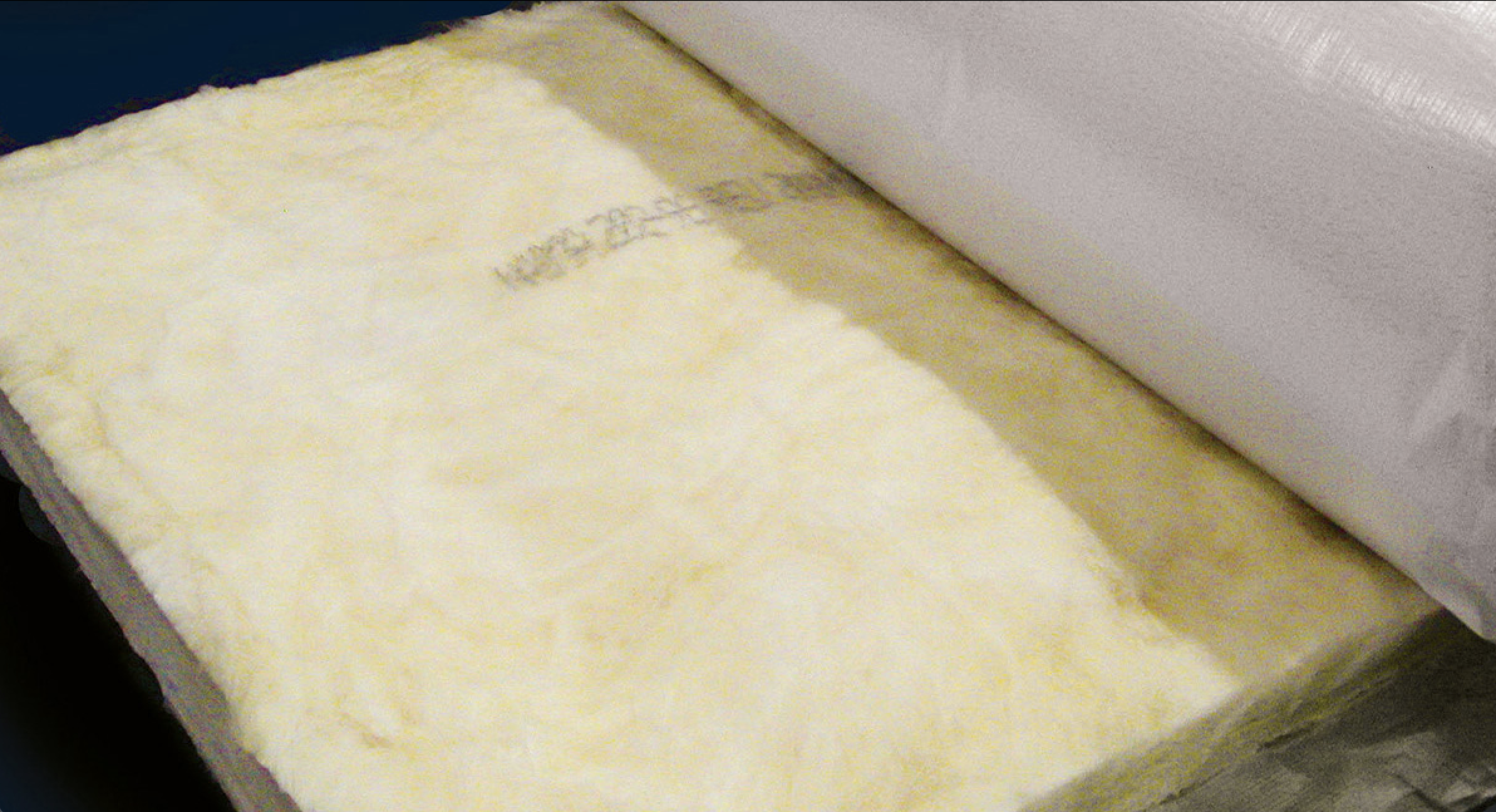Steel buildings are renowned for their durability and versatility. However, they often require proper insulation to regulate temperature, reduce energy costs, and create a comfortable environment. In this in-depth article, we will provide a comprehensive guide on how to install single-layer insulation on a steel building, ensuring energy efficiency and a well-insulated structure.
Materials and Tools You’ll Need
Before you begin the installation process, gather the necessary materials and tools:
Materials:
- Single-layer insulation rolls or batts (typically fiberglass, foam board, or radiant barrier)
- Vapor barrier (if needed)
- Insulation fasteners (for attaching insulation)
- Foil tape (for sealing seams and gaps)
- Steel washers and self-drilling screws (for attaching fasteners to the steel structure)
- Safety gear (gloves, safety glasses, and dust mask)
Tools:
- Measuring tape
- Utility knife or insulation cutter
- Straightedge or a long board for cutting
- Staple gun (if using a vapor barrier)
- Ladder or scaffolding (for hard-to-reach areas)
Pre-Installation Preparations
- Safety First: Prioritize safety at all times. Wear the appropriate safety gear, including gloves, safety glasses, and a dust mask to protect against potential irritants.
- Assess the Building: Examine the steel building to identify any potential issues, such as leaks or structural damage, that may need to be addressed before installing insulation.
- Determine Insulation Needs: Determine the type of insulation and the required R-value (thermal resistance) based on your climate and intended use of the building. Consult local building codes for specific requirements.
- Clear the Area: Ensure the area to be insulated is clear of any debris or obstructions. Clean the steel surface of dust, rust, and contaminants to ensure a secure bond for the insulation.
- Prepare for Vapor Barrier (if needed): In areas with high humidity, consider installing a vapor barrier. If required, staple it to the steel framework before installing the insulation. Overlap seams and seal them with foil tape to create an airtight barrier.
- Measure and Cut: Measure the length of the space to be insulated and cut the insulation material accordingly using a utility knife and a straightedge. Wear gloves and a dust mask during this process to protect yourself from fiberglass or other irritants.
- Install Insulation: Carefully insert the insulation rolls or batts into the designated spaces between the steel framework. Be gentle to avoid compression, as this reduces the insulating capacity. Ensure a snug fit without gaps, especially around corners and edges.
- Secure in Place: Use insulation fasteners, such as self-drilling screws or steel washers, to secure the insulation to the steel framework. Make sure the insulation is held firmly in place to prevent sagging.
- Seal Seams and Gaps: To minimize heat loss and maintain an airtight seal, use foil tape to seal any seams or gaps in the insulation material.
- Cut Around Obstacles: When dealing with obstacles like electrical wiring or plumbing, carefully cut and fit the insulation around them, ensuring a snug fit without gaps or compressing the insulation.
- Check for Adequate Ventilation: Ensure that any necessary ventilation openings are not blocked, especially in attics or roofs. Proper ventilation is essential to prevent moisture-related problems.
Post-Installation Steps
- Clean Up: After completing the installation, clean up any debris and dispose of waste materials according to local regulations.
- Inspect Your Work: Double-check your work to ensure that all areas are properly insulated, and there are no gaps or compressed sections.
Conclusion
Properly insulating a steel building is essential for energy efficiency and maintaining a comfortable indoor environment. By following the steps outlined in this comprehensive guide and adhering to safety precautions, you can effectively insulate your steel building with single-layer insulation. Always consult local building codes and consider seeking professional assistance if you are unsure about any aspect of the installation process. A well-insulated steel building can lead to significant energy savings and create a more pleasant and functional space.


